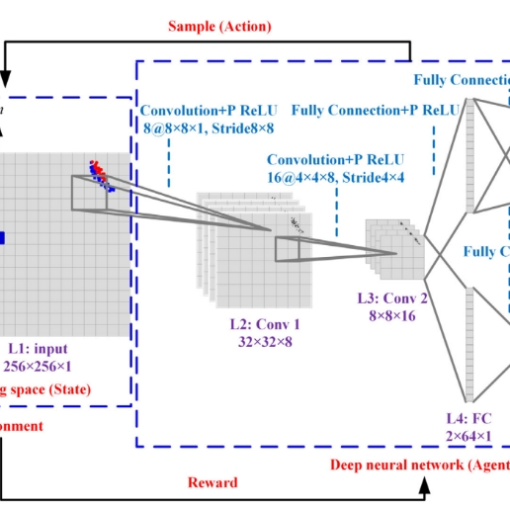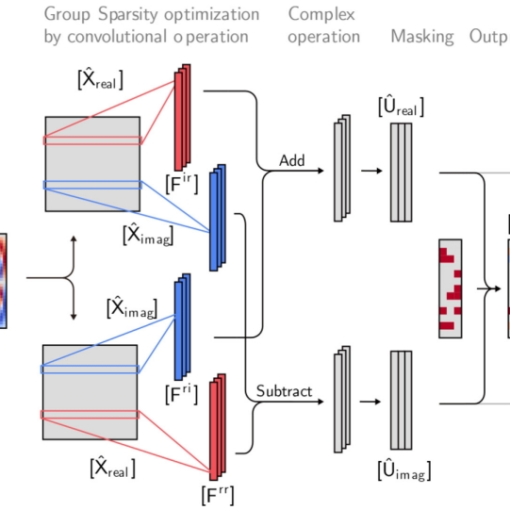Abstract: Structural health monitoring systems continuously monitor the operational state of structures, generating a large amount of monitoring data during the process. The structural responses of extreme events, such as earthquakes, ship collisions, or typhoons, could be captured and further analyzed. However, it is challenging to identify these extreme events due to the interference of faulty data. Real-world monitoring systems suffer from frequent misidentification and false alarms. Unfortunately, it is difficult to improve the system’s built-in algorithms, especially the deep neural networks, partly because the current neural networks only output results and do not provide an interpretable decision-making basis. In this study, a deep learning-based method with visual interpretability is proposed to identify seismic data under sensor faults interference. The transfer learning technique is employed to learn the features of seismic data and faulty data with efficiency. A post-hoc interpretation algorithm termed Gradient-weighted Class Activation Mapping (Grad-CAM) is embedded into the neural networks to uncover the interest regions that support the output decision. The in-situ seismic responses of a cable-stayed long-span bridge are used for method verification. The results show that the proposed method can effectively identify seismic data mixed with various types of faulty data while providing good interpretability.
你可能也喜欢
Structural health monitoring (SHM) is a multi-discipline field that involves the automatic sensing of structural loads and response by means of a large number of sensors and instruments, followed by a diagnosis of the structural health based on the collected data. Because an SHM system implemented into a structure automatically senses, evaluates, and warns about structural conditions in real time, massive data are a significant feature of SHM. The techniques related to massive data are referred to as data science and engineering, and include acquisition techniques, transition techniques, management techniques, and processing and mining algorithms for massive data. This paper provides a brief review of the state of the art of data science and engineering in SHM as investigated by these authors, and covers the compressive sampling-based data-acquisition algorithm, the anomaly data diagnosis approach using …
Surrogate model methods are widely used in structural reliability assessment, but conventional sampling methods require a large number of experimental points to construct a surrogate model. Inspired by the learning process of the AlphaGo, which is essentially optimization of sampling, we proposed a deep reinforcement learning (DRL)-based sampling method for structural reliability assessment. First, the sampling space and the existing samples are transformed into an array that is treated as the state in DRL. Second, a deep neural network is designed as the agent to observe the sampling space and select new experimental points, which are treated as actions. Finally, a reward function is proposed to guide the deep neural network to select experimental points along the limit state surface. Two numerical examples including a benchmark problem are employed to illustrate the sampling ability of the proposed …
Structural health monitoring (SHM) systems provide opportunities to understand the structural behaviors remotely in real-time. However, anomalous measurement data are frequently collected from structures, which greatly affect the results of further analyses. Hence, detecting anomalous data is crucial for SHM systems. In this article, we present a simple yet efficient approach that incorporates complementary information obtained from multi-view local binary patterns (LBP) and random forests (RF) to distinguish data anomalies. Acceleration data are first converted into gray-scale image data. The LBP texture features are extracted in three different views from the converted images, which are further aggregated as the anomaly representation for the final RF prediction. Consequently, multiple types of data anomalies can be accurately identified. Extensive experiments validated on an acceleration dataset acquired on a …
In structural health monitoring, data quality is crucial to the performance of data-driven methods for structural damage identification, condition assessment, and safety warning. However, structural health monitoring systems often suffer from data imperfection, resulting in some entries being unusable in a data matrix. Discrete missing points are relatively easy to recover based on known adjacent points, whereas segments of continuous missing data are more common and also more challenging to recover in a practical scenario. Formulating the data recovery task as an optimization problem for matrix completion, we present a convolutional neural network to achieve simultaneous recovery for multi-channel data with the awareness of group sparsity. The data recovery process based on compressive sensing is formulated as a regression problem and achieved in the neural network. The basis matrix is utilized as the …




